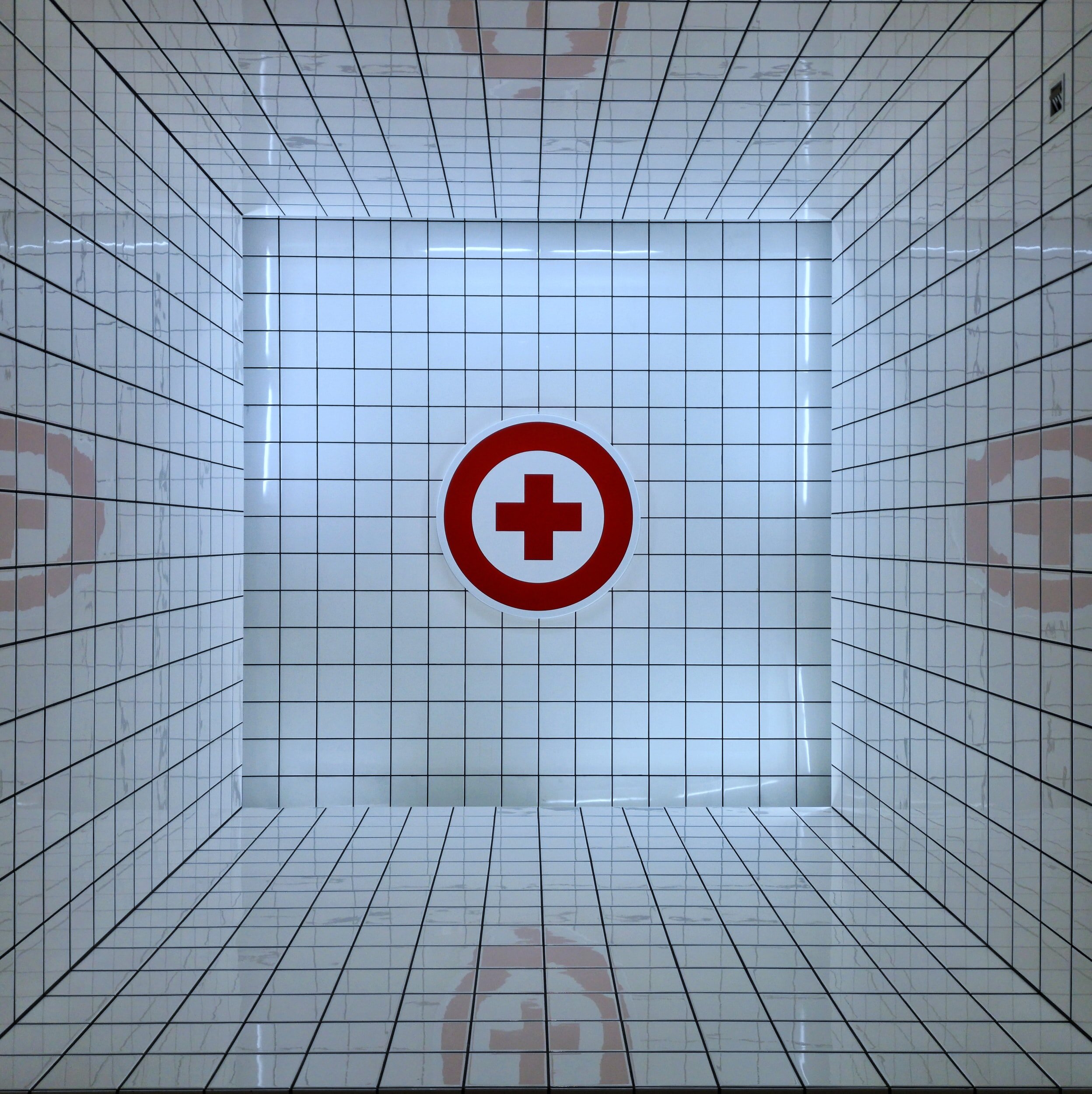What are the symptoms of pilonidal disease?
Symptoms vary from mild to severe. Some people have no symptoms.
Possible symptoms include a dimple(s) in the buttock crease, skin irritation and fluid discharge from the dimple (which may be clear, cloudy or blood stained in colour).
If infection (or an abscess) is present, there may be pain, a lump and redness of the skin. Pus may come out of the area. Patients may also experience fevers or feel generally ill.






